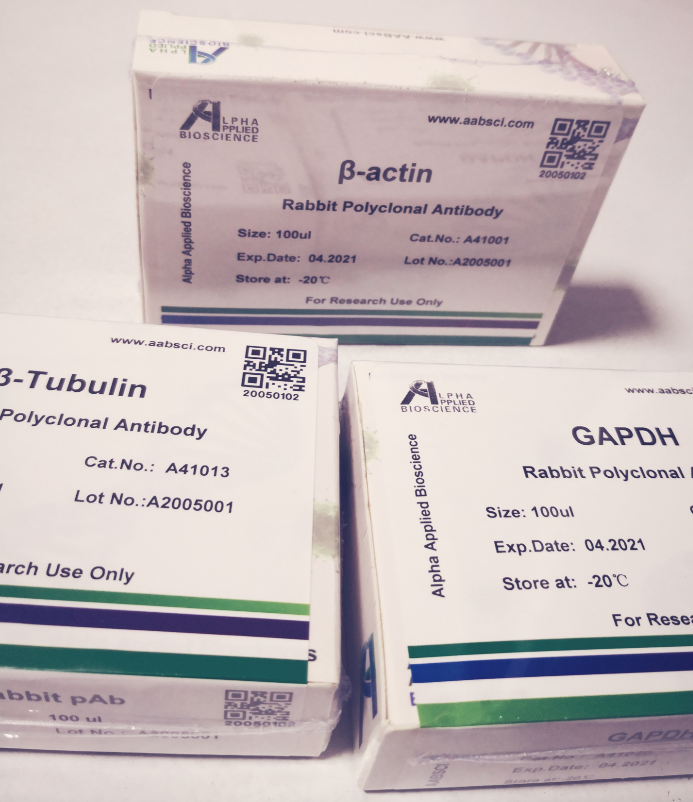

Product description
potassium two pore domain channel subfamily K member 9(KCNK9) Homo sapiens This gene encodes a protein that contains multiple transmembrane regions and two pore-forming P domains and functions as a pH-dependent potassium channel. Amplification and ov
Source
Rabbit
Applications
WB,IHC
Reactivity
Human,Rat,Mouse
Dilution
WB 1:1000-2000, IHC 1:100-200
Storage
-20°C/1 year
Specificity
KCNK9(TASK-3) protein(A239) detects endogenous levels of KCNK9(TASK-3)
Source/Purification
The antibody was affinity-purified from rabbit antiserum by affinity-chromatography using specific immunogen.
Immunogen
Synthetic Peptide of KCNK9 (TASK-3)
Uniprot No
Q9NPC2
Alternative names
Potassium channel subfamily K member 9 (Acid-sensitive potassium channel protein TASK-3) (TWIK-related acid-sensitive K(+) channel 3) (Two pore potassium channel KT3.2) (Two pore K(+) channel KT3.2)
Form
Liquid in PBS containing 50% glycerol, 0.5% BSA and 0.02% sodium azide.
Clonality
Polyclonal
Background
potassium two pore domain channel subfamily K member 9(KCNK9) Homo sapiens This gene encodes a protein that contains multiple transmembrane regions and two pore-forming P domains and functions as a pH-dependent potassium channel. Amplification and ov
Other
Gene_name: KCNK9 ; Protein_name: Potassium channel subfamily K member 9 (Acid-sensitive potassium channel protein TASK-3) (TWIK-related acid-sensitive K(+) channel 3) (Two pore potassium channel KT3.2) (Two pore K(+) channel KT3.2); Expression: Brain,Cerebellum,
Mol.Wt (Da)
42 kD
Concentration
1 mg/ml
-

Promotion
-

Order
-

Online message
-

Help center
 400-8363-211
400-8363-211
 Login
Login

 DataSheet
DataSheet
